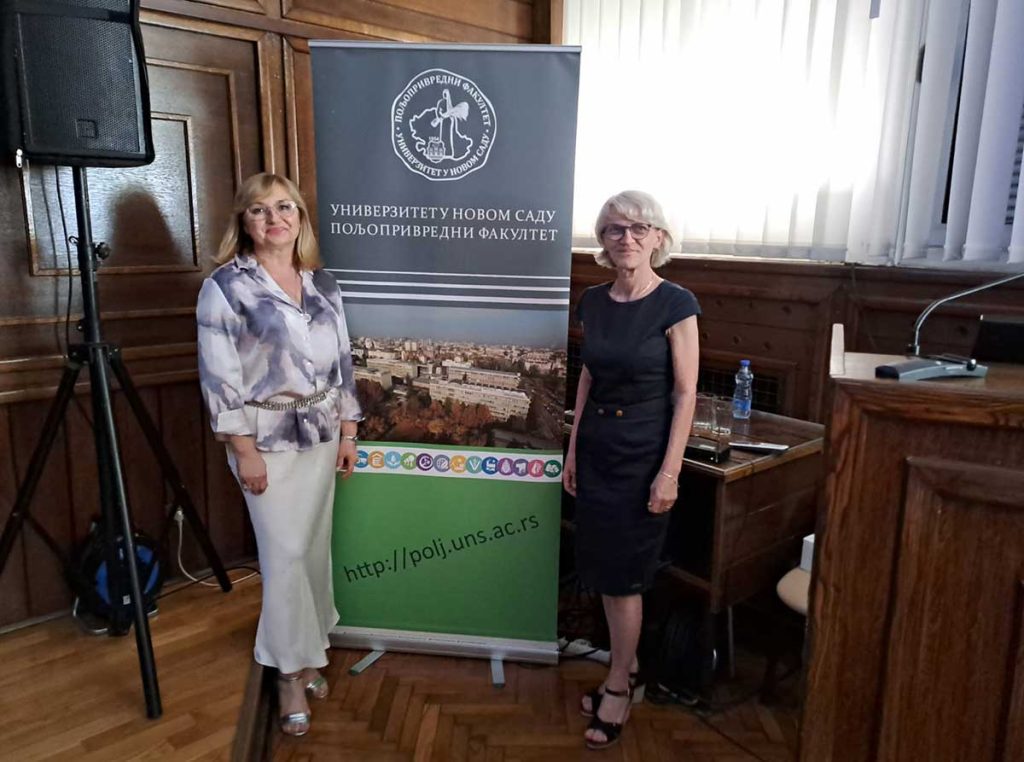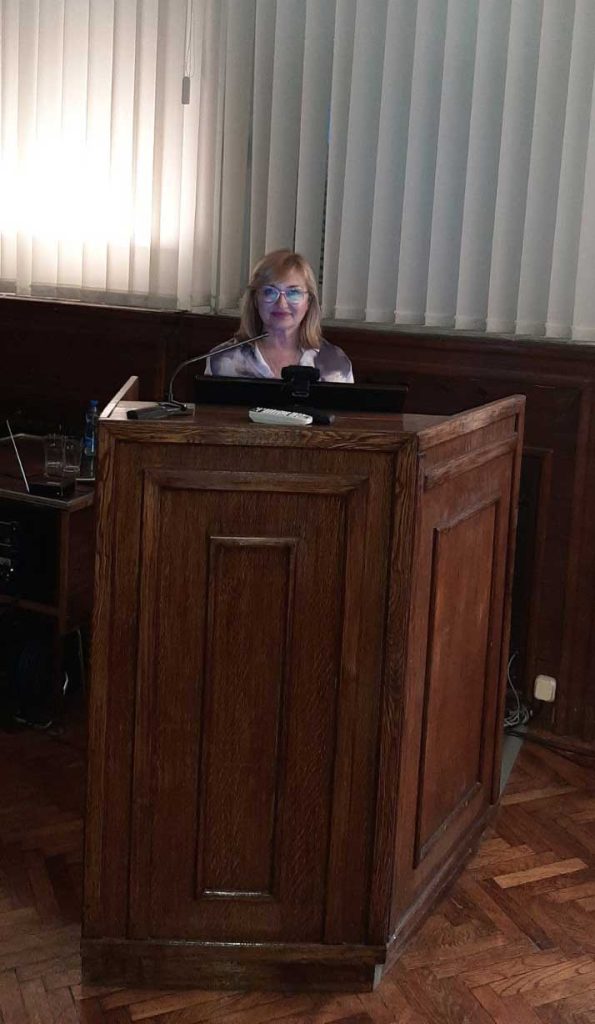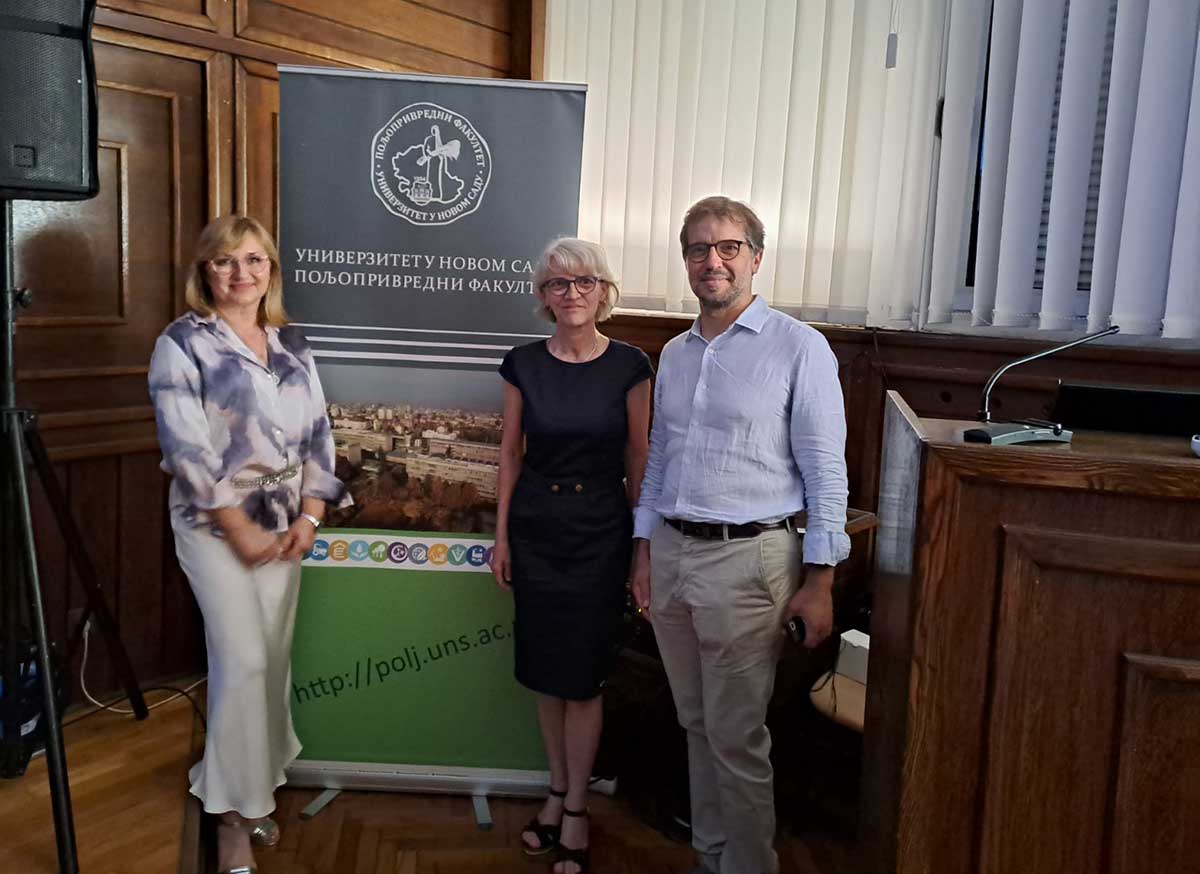The representatives of Serbian Radiation and Nuclear Safety and Security Directorate (SRBATOM) participated today at the meeting under the name “Sterile Insect Technique (SIT) – Serbia on the road towards the efficient and environmentally-friendly way of suppressing the invasive vector species of Aedes mosquitos”, which was organized by the Center for Vector Diseases and Climate Change Effects at the Department of Phytomedicine and Environmental Protection of the Faculty of Agriculture of Novi Sad.
The meeting focused on the activities within the scope of the International Atomic Energy Agency (IAEA) project “Enhancing the Capacity to Integrate Sterile Insect Technique in the Effective Management of Invasive Aedes Mosquitoes” which is realized through the technical cooperation programme between the Republic of Serbia and the IAEA, and coordinated by Serbian Radiation and Nuclear Safety and Security Directorate.

Both national and international experts involved in the project from the beginning were present at the meeting, and SRBATOM representative, Dr Radmila Serovic, Head of Unit for International Cooperation and Project Management and National Liaison Assistant with the IAEA, gave a presentation and reminded the attendees on the importance of the IAEA technical cooperation programme with the Republic of Serbia which is realized through the Directorate.
A part of the meeting was dedicated to the round table in which the gathered experts had the opportunity to discuss the appropriate regulatory framework regarding the use of SIT in the suppression of mosquitos on local level based on the experience gained from the ongoing projects, and the guidelines for the inclusion and suitable mobilization of the interested parties and partners for the purpose of the successful implementation of this project.

The Directorate has already had releases on this approach known as the Sterile Insect Technique (SIT) which employs nuclear methods in pest control in an environmentally-friendly and sustainable manner. When it comes to mosquitos, the aim of this technique is to reduce the number of mosquitos and, thus, possibly stop the spread of diseases in the target region. This technique involves no unwanted or unfavorable effects on the environment. By introducing and integrating SIT with the conventional measures to suppress and control mosquitos, we are facilitating the environmental protection through a reduced use of insecticides, which might have insect resistance as a result.
Related texts:

